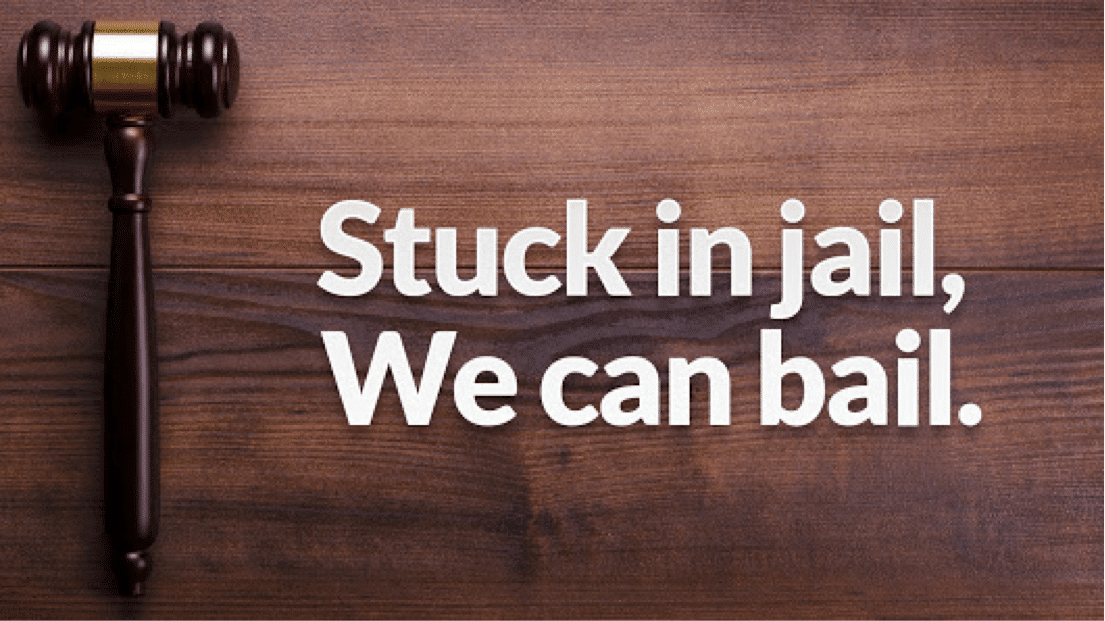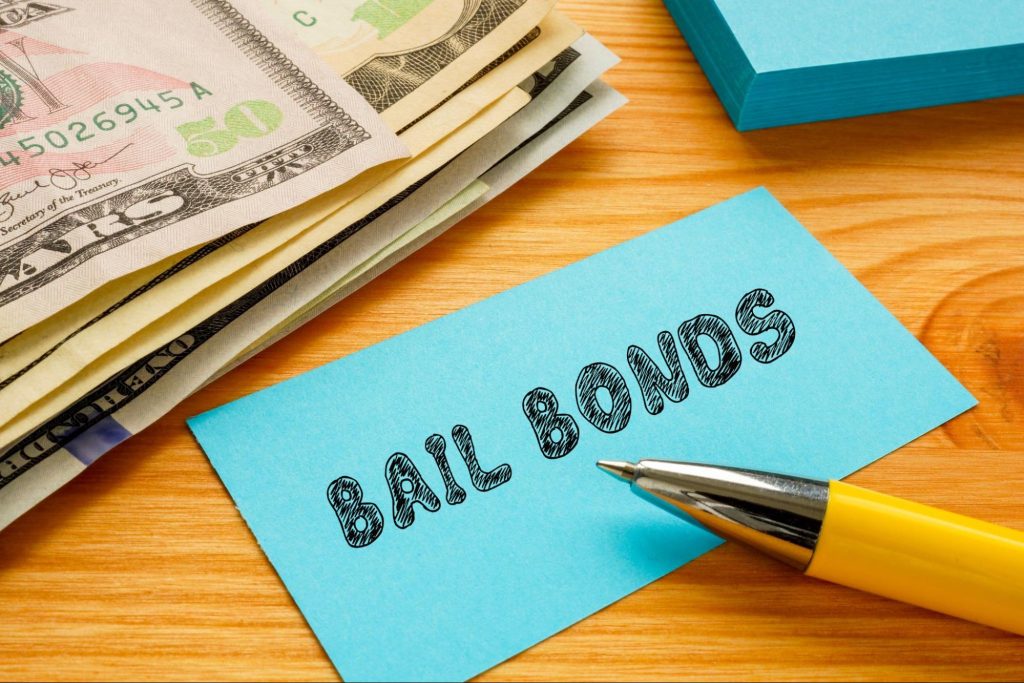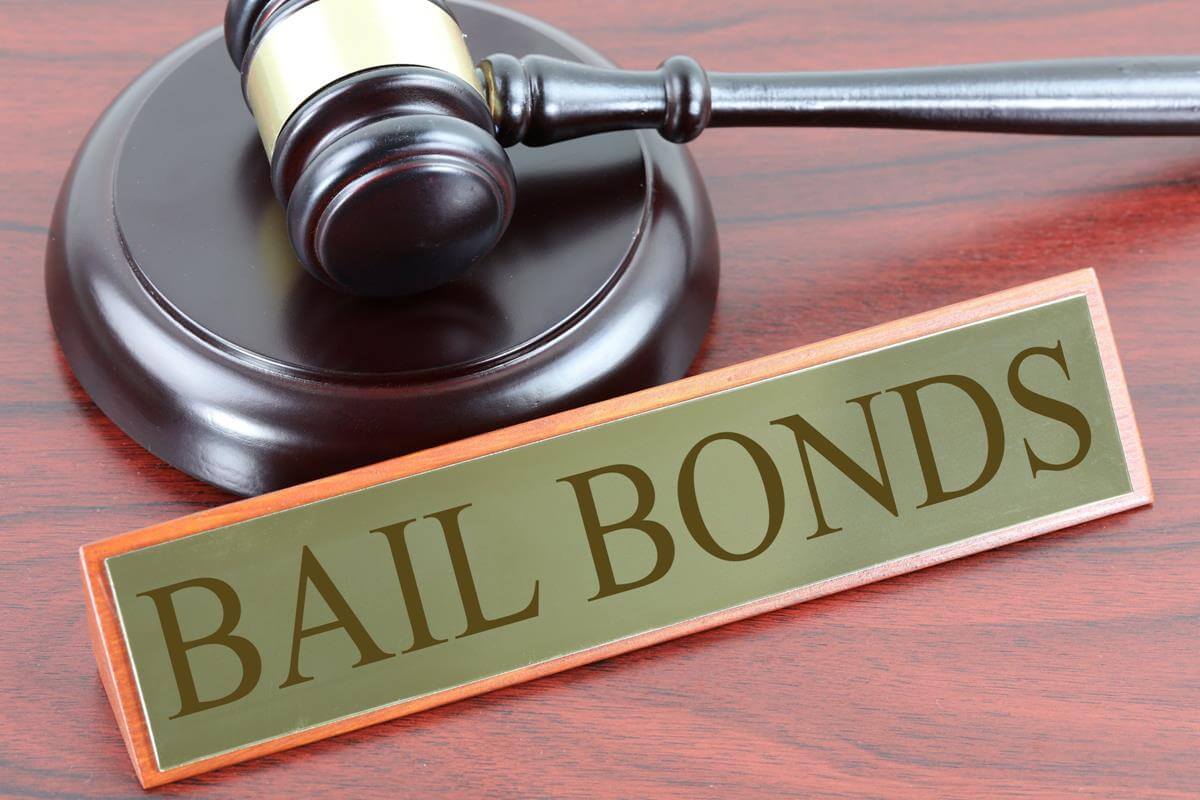A Comprehensive Check Out the Bail Bonds Process in Los Angeles
A Comprehensive Check Out the Bail Bonds Process in Los Angeles
Blog Article
How Bail Bonds Work: A Detailed Introduction
Bail bonds play an important role in the lawful process by giving a mechanism for individuals to secure their release from protection while awaiting trial. Understanding the ins and outs of just how bail bonds work, consisting of the functions of courts, bail bondsmensman, and the numerous costs entailed, can be essential for any person browsing this complex system. As we explore the different sorts of bail bonds and the factors that affect their costs, it ends up being apparent that the obligations linked to these agreements prolong much past mere financial purchases. What implications do these obligations hold for accuseds and their households?
What Are Bail Bonds?
Bail bonds are commonly used in the criminal justice system as a financial warranty that a charged person will certainly show up in court as needed. When a person is detained, a judge may set a bail amount based on numerous elements, including the severity of the infraction, the defendant's criminal background, and the danger of flight. If the implicated can not afford the bail amount, they may seek the assistance of a bondsman.
A bail bond is an agreement between the offender, the bail bondsman, and the court, ensuring that the offender will certainly fulfill their legal responsibilities. In exchange for a cost, usually a percentage of the overall bail quantity, the bondsman gives the court with a guaranty that assures the bail. If the implicated fails to show up in court, the bail bondsman is accountable for paying the complete bail total up to the court, which might lead them to go after the offender for recovery.
Bail bonds offer to assist in the launch of people awaiting trial, enabling them to keep their employment and family responsibilities while making sure compliance with court looks. This system is integral to stabilizing the rights of the charged with the interests of public security and judicial stability.
The Bail Process Described
After recognizing the duty of bail bonds in the criminal justice system, it is very important to outline the bail process itself. When a person is jailed and taken into custody, the bail procedure starts. Complying with the apprehension, the defendant is commonly brought prior to a judge for a preliminary hearing, where the court will figure out whether to give bail and set the amount.
If bail is provided, the defendant has several choices to secure their release. They may pay the full bail amount in cash, which is returned upon the conclusion of their court commitments. Conversely, the accused can look for the help of a bail bondsman, who charges a non-refundable fee-- typically a percentage of the complete bail amount-- to upload bail on their part.
As soon as bail is published, the offender is launched from guardianship with the understanding that they should go to all scheduled court looks. Falling short to show up can result in the loss of the bail and additional lawful consequences. The procedure ends when the case is solved, whereupon the bail is either returned or maintained by the bail bondsman as settlement for their solutions.

Sorts Of Bail Bonds
Countless choices exist when it concerns safeguarding a launch from safekeeping via bail bonds. Recognizing the different types can help defendants and their families make notified choices.
One of the most common type is the surety bond, which includes a third-party bail bondsmansman who assures the full bail total up to the court for a non-refundable charge, commonly around 10% of the bail quantity. This choice is extensively used because of its ease of access for individuals that might not have the economic methods to pay the full bail upfront.
An additional type is the cash money bond, where a co-signer or the offender pays the total bail amount in cash money straight to the court. Upon successful completion of the case, the funds are refunded, minus any kind of relevant charges.

Finally, migration bonds are particularly developed for individuals click over here apprehended by immigration authorities, facilitating their launch while they wait for lawful proceedings. Each kind of bail bond offers distinctive purposes, catering to various situations and needs within the legal system.
Elements Impacting Bail Prices
Several key aspects affect the total expense of bail, figuring out just how much an accused or their family may need to spend for launch. One of the main variables is the extent of the charges. Felony costs typically cause higher bail amounts contrasted to misdemeanors as a result of the viewed danger of flight and the possible consequences of the violation.

The defendant's economic circumstance can likewise affect the bail quantity. Courts may consider a defendant's earnings and possessions when figuring out bail, potentially bring visite site about greater expenses for those with better funds. Finally, the accessibility of collateral might affect the needed repayment. If a bail bondsman regards a greater threat, they may set a greater costs, more increasing the costs related to protecting a bail bond. Recognizing these variables can aid accuseds and their households plan for the financial ramifications of safeguarding bail.
Duties of the Indemnitor
Once bail has been safeguarded, the obligations of the indemnitor, or the individual that consents to back the bail bond, come right into play. The indemnitor is largely liable for ensuring that the accused participates in all arranged court looks. Failure to do so might lead to the forfeit of the bail bond and potential lawful effects for the indemnitor.
Furthermore, the indemnitor is obligated to pay back the bail bond company the total of the bond if the accused fails to appear in court. This includes any type of prices or charges incurred by the bail representative in recuperating the accused, which might better rise the financial concern on the indemnitor.
The indemnitor has to additionally preserve open communication with both the defendant and the bail bail bondsman, providing any needed updates associated to the offender's scenario. It is vital for the indemnitor to continue to be mindful of the legal obligations and consequences linked with the bail bond, as lack of knowledge might result in unexpected obligations.
Verdict
In summary, bail bonds serve as a crucial mechanism within the criminal justice system, facilitating the launch of offenders while ensuring their look in court. Understanding the different kinds of bail bonds, the ins and outs of the More Help bail procedure, and the variables influencing bail prices is necessary for browsing this facility landscape. Furthermore, understanding of the obligations birthed by the indemnitor highlights the importance of informed decision-making when engaging with bail bond services.
Recognizing the intricacies of just how bail bonds work, including the duties of courts, bail bondsmen, and the different costs included, can be essential for any person navigating this complex system.After understanding the role of bail bonds in the criminal justice system, it is crucial to describe the bail procedure itself. The offender can look for the aid of a bail bondsman, that charges a non-refundable charge-- normally a percent of the total bail amount-- to publish bail on their behalf.
If a bond bondsman views a higher risk, they may set a higher costs, additional raising the costs linked with safeguarding a bail bond. Understanding the various kinds of bail bonds, the ins and outs of the bail process, and the aspects influencing bail expenses is important for browsing this facility landscape.
Report this page